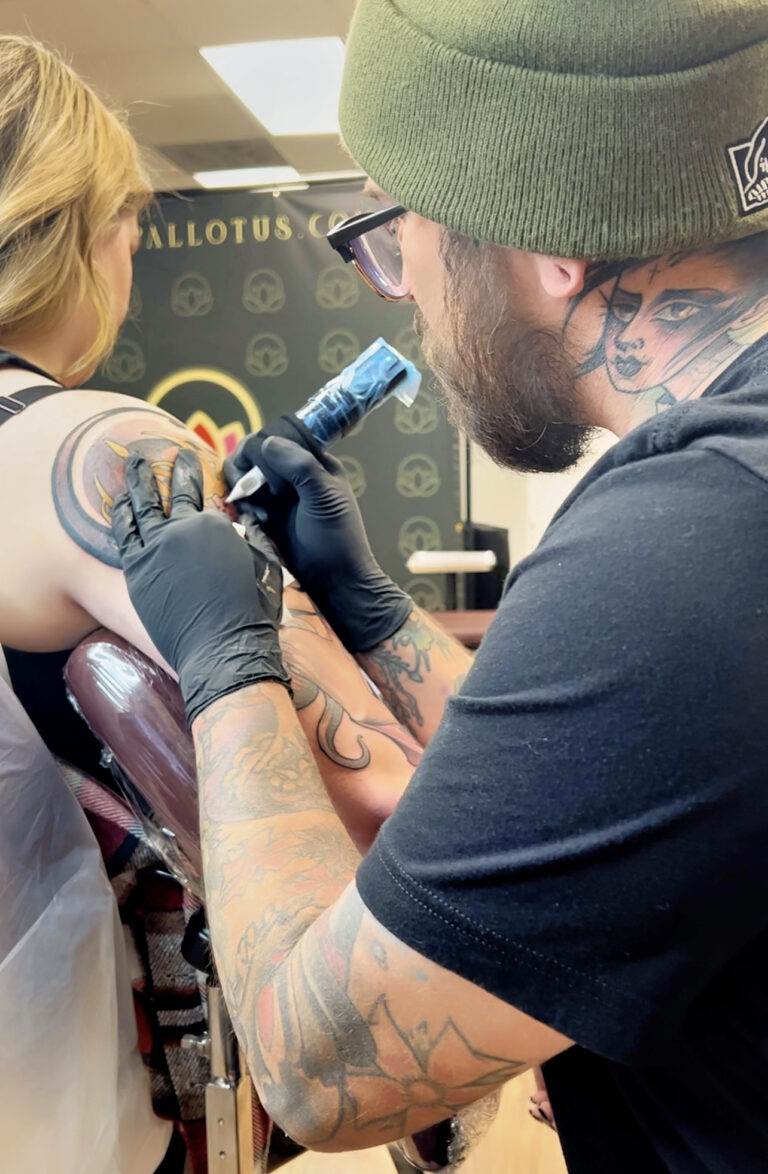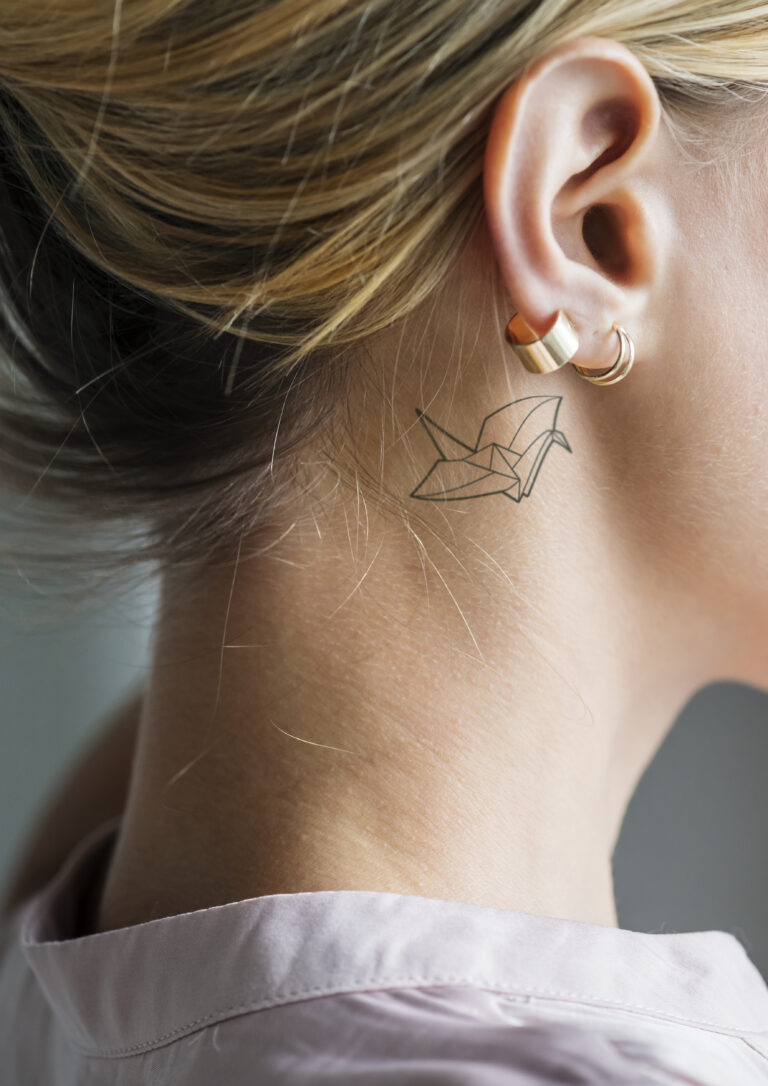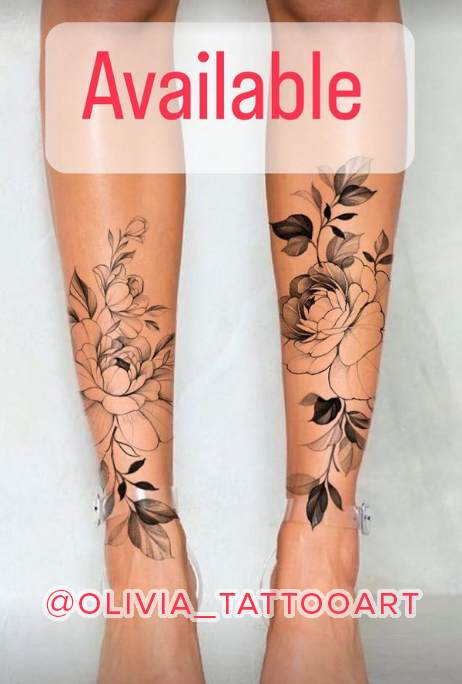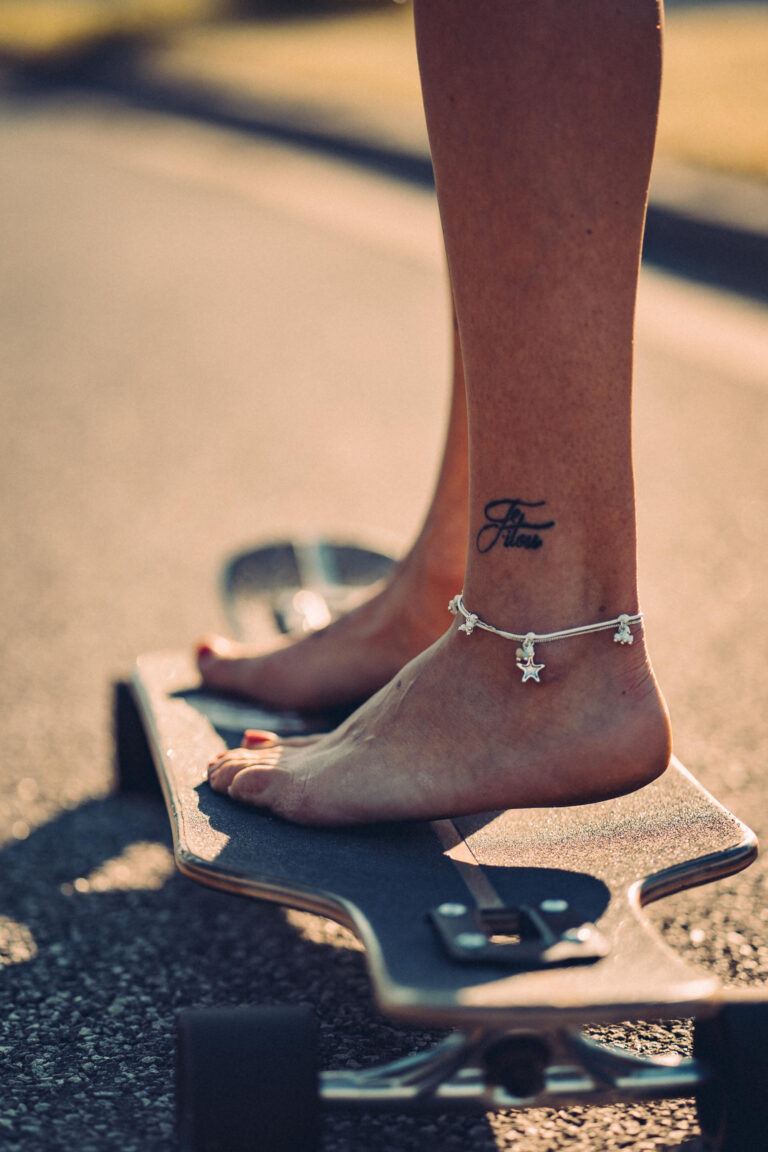Introduction: The Art of Custom Tattoo Designs
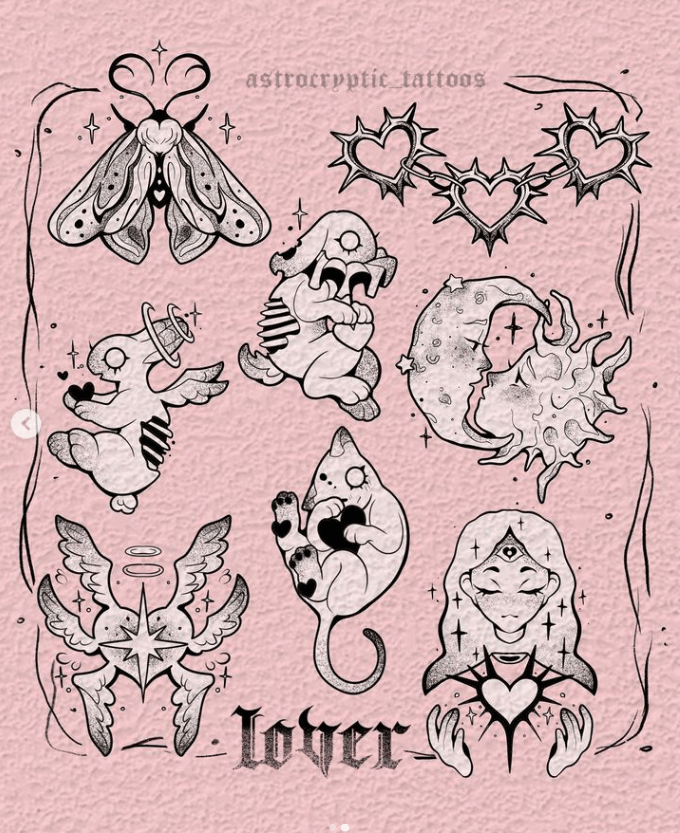
Understanding the Importance of Personalized Tattoos
In a world where individuality is celebrated, personalized tattoos have emerged as a powerful form of self-expression. These unique designs not only reflect personal stories and experiences but also carry deep meanings for the wearer. Why are personalized tattoos so important?
- Identity: They help in showcasing one’s identity and beliefs.
- Memories: They can immortalize significant moments or loved ones.
- Creativity: Custom designs provide an avenue for artistic expression.
The beauty of a personalized tattoo lies in its ability to connect with the individual on a profound level, making it more than just body art but a lifelong representation of one’s journey.
Evolution of Custom Tattoo Designs
Custom tattoo designs have undergone a significant transformation over the years. Initially rooted in tribal cultures and traditional symbols, the modern tattoo landscape reflects an eclectic mix of styles and techniques. Key points in the evolution include:
- Technological Advances: The introduction of new techniques and tools has expanded artistic possibilities.
- Cultural Influences: Globalization has facilitated the blending of different tattoo styles, leading to diverse offerings.
- Social Acceptance: Tattoos, once seen as taboo, are now celebrated and embraced across various demographics.
As custom tattoos continue to evolve, they become richer in storytelling, history, and meaning, making the art form endlessly captivating.
Getting Started: Initial Consultation and Inspiration
Finding the Right Tattoo Artist
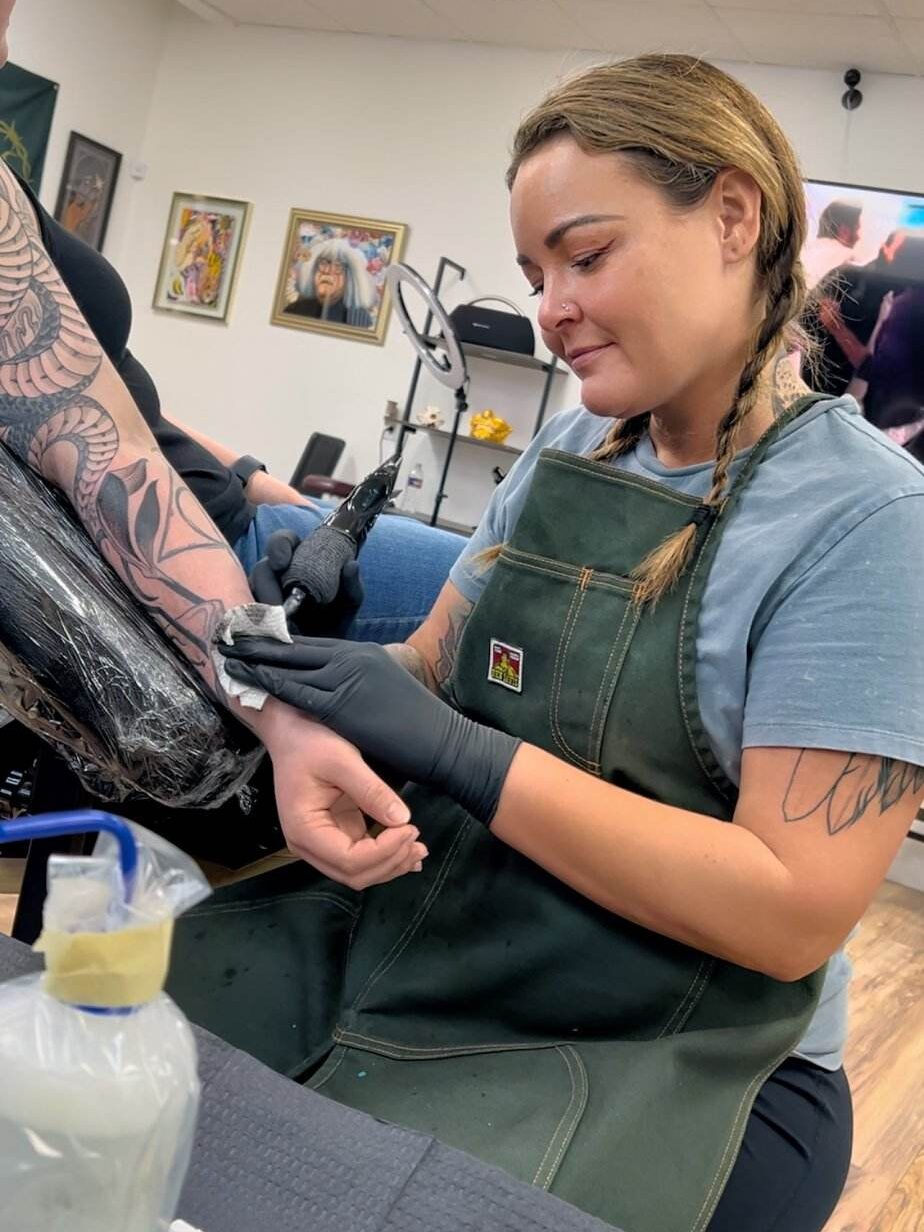
With a vision for a personalized tattoo brewing, the next crucial step is finding the right tattoo artist. This decision is paramount, as a skilled artist can bring your ideas to life in a way that feels authentic and resonant. To ensure a successful partnership:
- Research: Browse online portfolios to assess each artist’s unique style and specialties.
- Read Reviews: Testimonials from previous clients often reveal insights about professionalism and creativity.
- Schedule Consultations: Meeting artists in person can help gauge their understanding of your ideas and willingness to collaborate.
Establishing a good rapport with your artist can enhance the design process, making it more enjoyable and fulfilling.
Gathering Inspiration for Your Design
Once you’ve chosen the right artist, it’s time to immerse yourself in inspiration. This step is vital as it shapes the overall concept of your tattoo. Here are some effective ways to gather ideas:
- Mood Boards: Create a collection of images, colors, and styles that resonate with you.
- Social Media: Platforms like Instagram and Pinterest are treasure troves for tattoo inspiration, showcasing diverse designs from across the globe.
- Nature and Art: Look around—nature, art, or even your favorite quotes can spark creativity.
Combining various elements from your inspiration can help in crafting a distinctive design that feels uniquely yours.
Design Development Process: Turning Ideas into Artwork
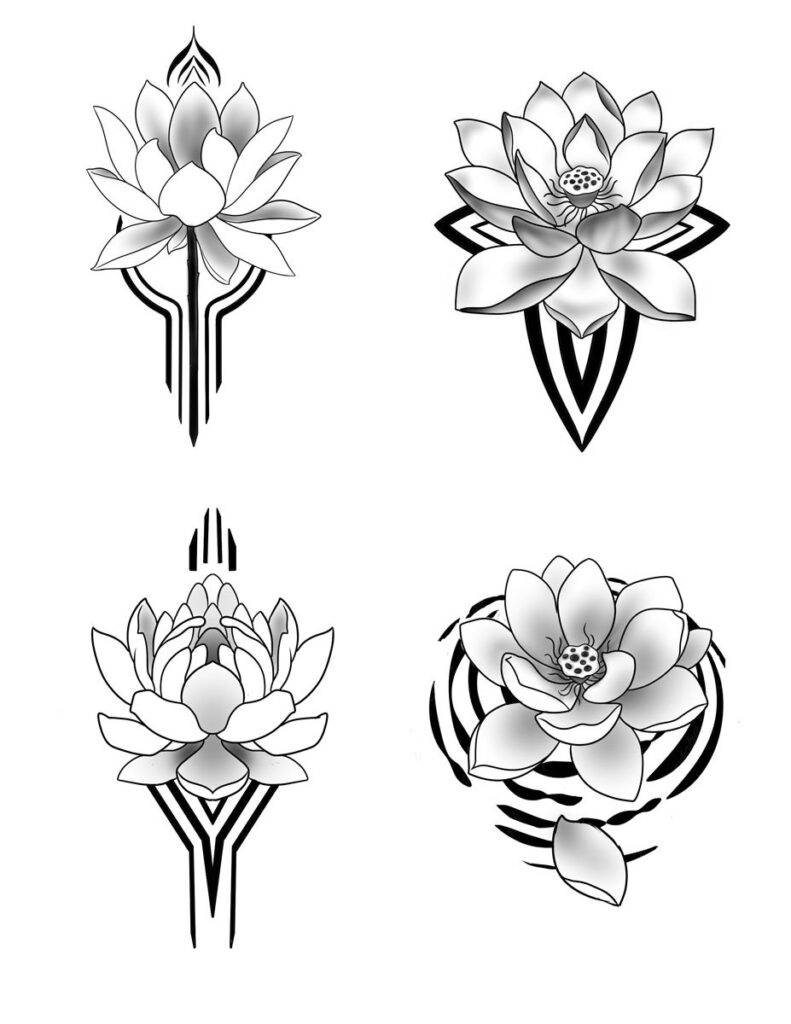
Sketching and Conceptualizing the Design
After gathering inspiration and collaborating with the tattoo artist, the excitement builds during the sketching and conceptualizing phase. This is where your ideas truly begin to take shape. The artist usually starts with rough sketches based on your discussion, helping to visualize the concepts. During this phase, consider:
- Feedback: Review the sketches closely and provide honest feedback. This is your opportunity to express what resonates or what may need adjustments.
- Refinement: Expect a few iterations; refining ideas is part of the creative process and allows for greater clarity in the final design.
- Incorporating Elements: Ensure that any important symbolism or personal elements are integrated into the design.
This stage is crucial, as it lays the foundation for the tattoo that will ultimately adorn your skin.
Collaborating with the Tattoo Artist on the Final Design
Once the sketches have been refined to your satisfaction, the next step is to collaborate on the final design. This collaboration is essential for both parties to align on the vision. Key aspects to consider include:
- Final Adjustments: Discuss any final tweaks, such as size or placement adjustments, to ensure the design fits perfectly.
- Style Confirmation: Confirm the overall aesthetic—whether you prefer bold lines, intricate details, or a watercolor effect.
- Visualization Tools: Some artists may provide digital mock-ups or stencils, helping you visualize the tattoo on your skin before the inking begins.
This partnership with your tattoo artist transforms your initial ideas into a cohesive and stunning work of art, ready for the next step: inking.
Customization Techniques: Adding Personal Touches to Your Tattoo
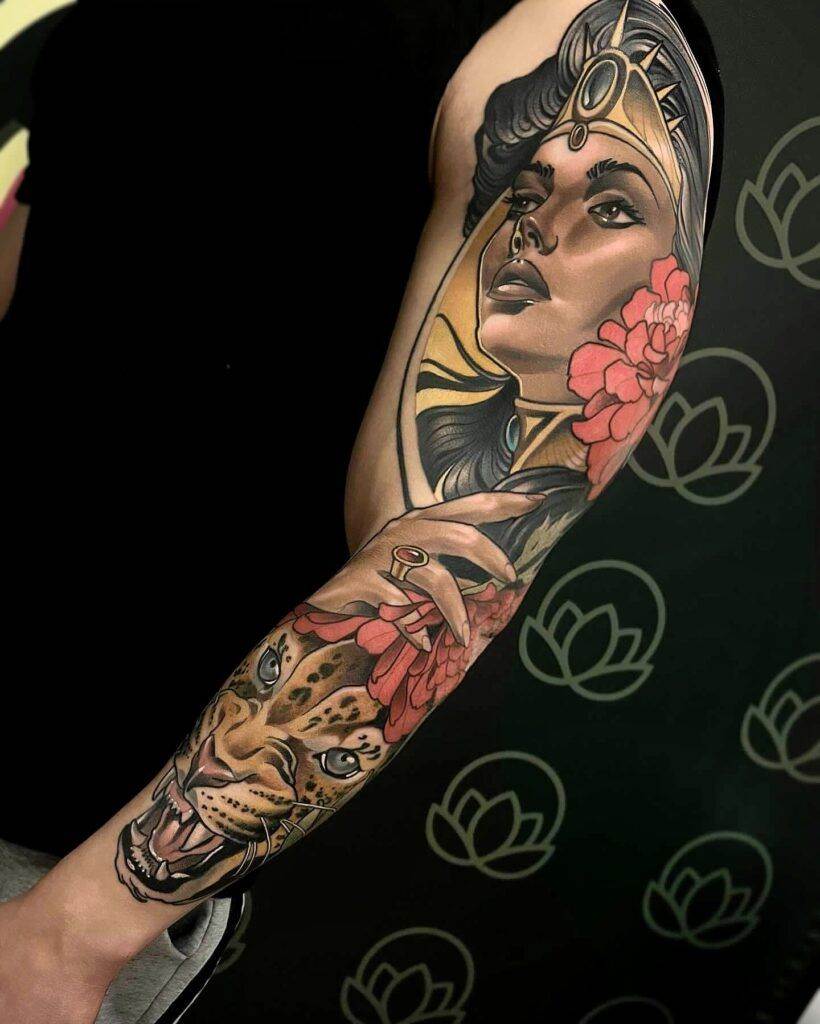
Incorporating Symbolism and Meaning into the Design
As the design becomes more refined, customizing your tattoo with personal symbolism can significantly enhance its meaning. This is an opportunity to transform a beautiful piece of art into a significant representation of your life’s journey. To effectively incorporate symbolism, consider:
- Personal Life Events: Select images or motifs that represent milestones, such as flowers symbolizing growth or animals reflecting traits you admire.
- Cultural or Spiritual Elements: Explore designs that resonate with your cultural background or spiritual beliefs, such as mandalas or tribal symbols.
- Quotes and Words: Including a meaningful phrase or name can add a powerful personal touch, serving as a constant reminder of what matters most to you.
By weaving these symbols into your design, you create a tattoo that tells a unique story.
Choosing the Right Colors and Placement
With symbols in place, the next step is to choose the colors and optimal placement. These elements can greatly affect the overall impact of your tattoo.
- Color Psychology: Different colors evoke various emotions; for example, blue might represent calmness, while red can signify passion. Choose colors that align with the feelings you want to express.
- Placement Considerations: Think about where on your body the tattoo will reside. Some areas, like the forearm, allow for visibility, while others, like the back, can accommodate larger designs.
Ultimately, the right colors and placement will enhance the aesthetic appeal and significance of your custom tattoo, making it a true reflection of your personality.
Technical Aspects: Size, Placement, and Detailing Considerations
Understanding the Importance of Size and Placement
As the design nears its final form, considering the size and placement of your tattoo becomes increasingly crucial. This step can significantly influence both its visual impact and personal significance.
- Size: The scale can dictate how intricate the design appears. Larger tattoos often allow for more detail, while smaller designs may necessitate simplicity. Think about how much of a statement you want your tattoo to make.
- Placement: Different body parts can convey different meanings. For instance, tattoos on visible areas, like the forearm, may reflect openness, while those on the back can symbolize personal, private journeys.
Take time to visualize how the tattoo will look on your chosen canvas; this fosters a connection between the art and its story.
Finer Details: Linework, Shading, and Textures
Once size and placement have been established, attention turns to the finer details—linework, shading, and textures.
- Linework: The crispness and style of lines can significantly influence your tattoo’s aesthetic. Bold lines often lend a modern feel, while delicate, fine lines may evoke a softer vibe.
- Shading and Textures: Techniques such as shading can add depth and dimension. Whether you prefer a smooth gradient or rough textures, these choices can highlight certain aspects of your design.
By focusing on these technical aspects, you ensure that your tattoo not only tells your story but does so with an artistic sophistication that enhances its visual appeal.
Finalizing the Design: Review, Adjustments, and Approval
Reviewing the Tattoo Design with Your Artist
As the design process comes to a close, reviewing the tattoo design with your artist is an exciting and essential step. This discussion allows both you and the artist to ensure that every element aligns with your vision. During this review, consider:
- Layout: Look closely at the overall composition. Does everything feel balanced and harmonious?
- Symbolism: Make sure the incorporated elements still resonate with the original meanings you intended.
- Color and Detail: Assess the chosen colors and finer details. Do they reflect your personal style and preferences?
Clear communication during this stage can help avoid any last-minute surprises.
Making Any Final Adjustments Before Inking
Once you’ve reviewed the design, the next step is to make any necessary adjustments before the actual inking begins. This is your final opportunity to customize:
- Small Tweaks: Consider any minor changes, like switches in colors or reimagining certain elements to enhance clarity or symbolism.
- Confirmed Placement: Double-check the placement on your skin to ensure it fits well and looks natural.
Once all adjustments are made and approved, you can confidently proceed to the tattooing process, knowing that the design truly represents you and your story.
Inking Process: Bringing the Custom Design to Life
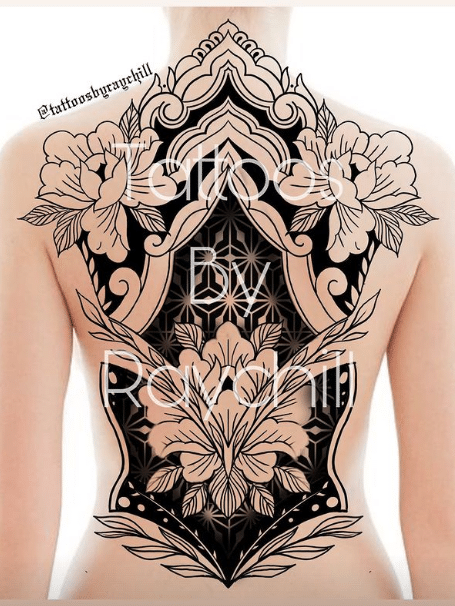
The Tattooing Process: From Stencil to Completion
Finally, the moment arrives to bring your custom design to life. The tattooing process begins with the artist applying a stencil of your design to your skin, allowing you to visualize how the finished product will look. This step typically involves:
- Placement Check: The artist will ensure that the stencil is correctly positioned on your body and that you’re happy with its placement.
- Inking: Using a tattoo machine, your artist will skillfully apply ink, following the design. Expect an array of sensations, from gentle vibration to occasional stings, depending on the location of your tattoo.
- Regular Breaks: Don’t hesitate to ask for short breaks if needed; most artists are understanding and want you to be comfortable throughout the process.
Watching your design evolve from concept to reality is nothing short of thrilling.
Understanding Aftercare and Maintenance
Once the inking is complete, the focus shifts to aftercare, crucial for ensuring your tattoo heals properly and looks its best. Effective aftercare includes:
- Keeping It Clean: Gently wash the tattoo with mild soap and water, avoiding harsh scrubs.
- Moisturizing: Use a fragrance-free moisturizer to keep the area hydrated and promote healing.
- Avoiding Sun Exposure: Protect your new tattoo from the sun to prevent fading and damage.
By following these aftercare tips, you’ll keep your tattoo vibrant for years to come, allowing you to fully embrace the beautiful artwork that now adorns your skin.
Conclusion: Embracing Your Unique Custom Tattoo Design
As the journey of creating your custom tattoo reaches its conclusion, it’s essential to take a moment to reflect on the significance of this unique piece of art. Your tattoo is not just an aesthetic addition; it embodies your personal story, values, and experiences, making it a remarkable symbol of self-expression. Embracing your tattoo means celebrating the process:
- Personal Significance: Every element of your design carries meaning, reminding you of milestones, beliefs, or cherished memories.
- Artistic Collaboration: You’ve collaborated with a skilled artist, transforming your vision into a lived reality, showcasing the beauty of shared creativity.
- Long-Term Commitment: Remember that tattoos are lifelong companions. Embrace regular maintenance, including moisturization and sun protection, to keep the artwork as vibrant as the day it was inked.
Ultimately, by wearing your unique custom tattoo, you are making a bold statement about who you are and what you value. So, wear it with pride, knowing it’s not just an image on your skin but an inseparable part of your identity—a lifelong testament to your story.

